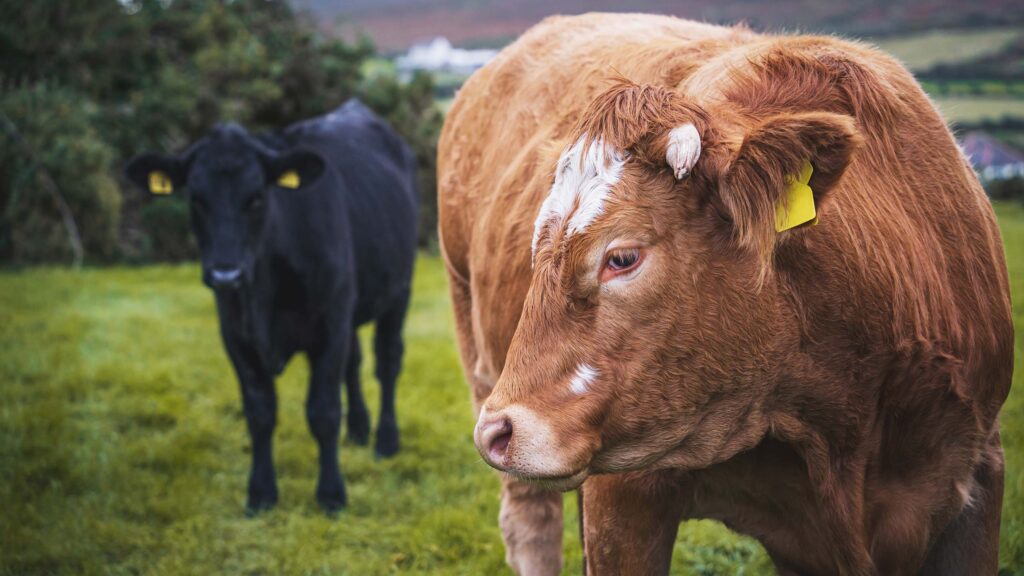Welsh government opts for low frequency EID in calves
 © Adobe Stock
© Adobe Stock Electronic identification of newborn calves in Wales, using low-frequency technology, has been given the go-ahead by the Welsh government.
Discussions about the development and implementation of bovine EID in Wales have been ongoing since August 2011, and the new system is expected to be operational by 2027.
See also: Electronic cattle tags to be made mandatory in England
Until then, all livestock still need to be uniquely identified with official ear tags (except pigs) and have their movements accurately recorded and traced throughout their lives.
The move places Wales on an equal footing with England. A joint pilot between the Welsh government and Defra found that low-frequency (LF) tags posed fewer short-term implementation challenges than ultra-high frequency (UHF) ones, supporting the decision to adopt LF for bovine EID in Wales.
Coherence
In a statement, deputy first minister Huw Irranca-Davies said that in recognition of the importance of cross-border coherence, “the Welsh government will continue to collaborate closely” with Defra and, where practical, align implementation plans with England.
Farming unions in Wales have welcomed the decision.
“This technology is already in use within sheep EID systems and is therefore familiar to farmers, avoiding the need for additional reading equipment,” said Elin Jenkins, Farmers’ Union of Wales policy officer.
NFU Cymru livestock board chairman Rob Lewis added: “While there are merits to both high- and low-frequency tags, at this time, low-frequency tags provide the most cost-effective option.”
He added, however, that legislation needed the flexibility to allow future use of high-frequency tags.
Cross-operability
In England, Defra also chose low-frequency cattle tags to match existing sheep EID systems, allowing businesses processing both species to use the same equipment.
A Defra spokesman said: “We are introducing new technology to more accurately and quickly trace movements of livestock.
“This will enable faster, better-informed decisions on controlling disease outbreaks, provide data to help improve animal health and welfare, give further assurances on food safety, support productivity, and facilitate trade.”
Divergence
The Association of Independent Meat Suppliers (Aims) has long supported the modernisation of cattle traceability in the UK and welcomed England and Wales maintaining a single, compatible system.
However, it expressed significant concern that Scotland has chosen ultra-high frequency (UHF) technology for cattle identification, creating a divergence between the nations.
“The UK industry is too small to carry the burden of multiple systems for the same animal,” said Dr Jason Aldiss, Aims’ executive director.
He added that the benefits of electronic identification would only be realised if “all parts of the supply chain speak the same language”.
